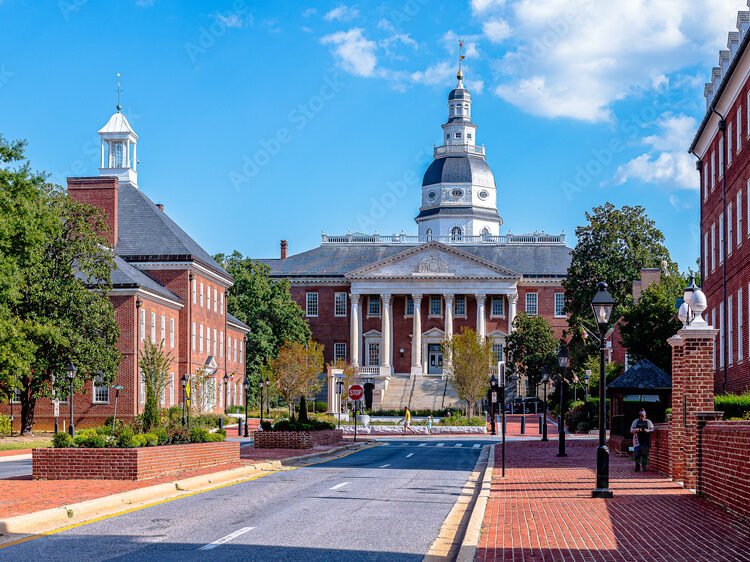Perspective: Dawn Flythe Moore also made history and now faces own set of challenges
Confident and capable, Dawn Flythe Moore delivered on-message stump speeches, gave pitch-perfect introductory remarks, and deftly participated in endless meet-and-greets as a campaign surrogate for her husband, now Gov. Wes Moore. These personal skills, plus her professional resume, suggest she will be an asset to the Wes Moore administration. As a former staffer for the Maryland secretary of state and a senior advisor for government affairs for Lt. Gov. Anthony Brown, among other roles, she understands Annapolis from the inside.


